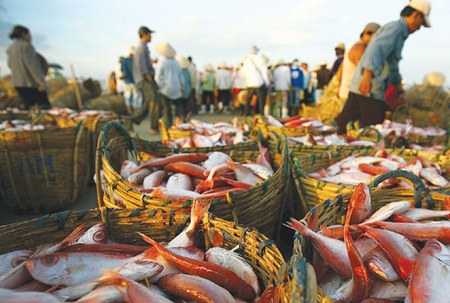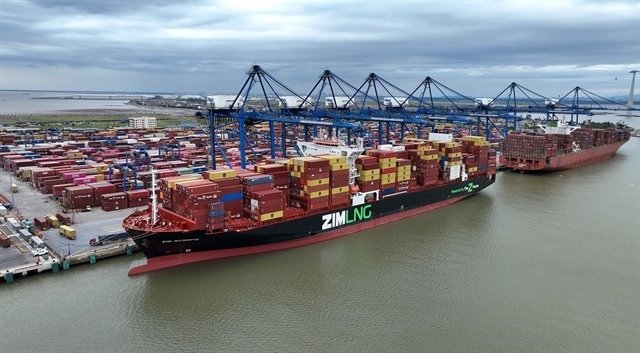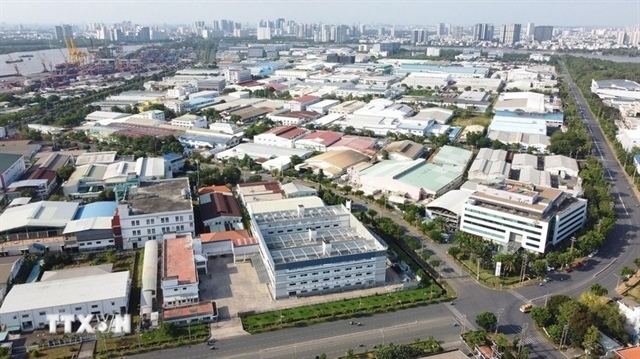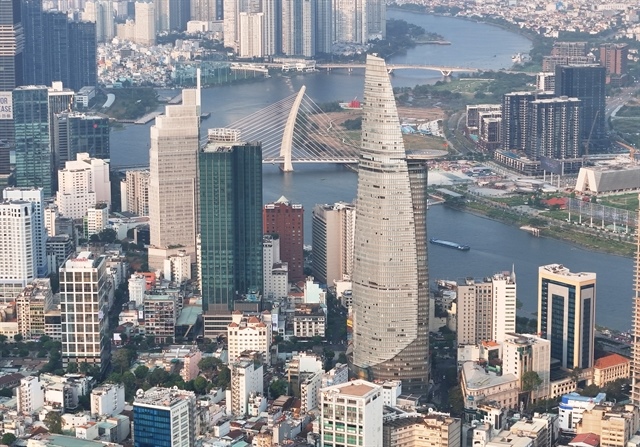TPP has long-term advantages
TPP has long-term advantages
Viet Nam could experience increasing trade deficit in the initial stage of joining into due to higher foreign direct investment.

However, the country's exports would be higher after production becomes stable, thus narrowing the difference in the trade balance.
Truong Dinh Tuyen, former trade minister told the press meeting held yesterday in Ha Noi that the trade deficit would not be bad for the economy as FDI into Viet Nam had increased several times in 2007 in comparison with 2006 after the country's admission to the World Trade Organisation (WTO).
Sharing his ideas, Deputy Minister of Industry and Trade Tran Quoc Khanh, who is also the head of the government's negotiation delegation on international trade and economic issues, said the opportunity to access the goods market would be increased as the tariffs would gradually be reduced to zero.
However, TPP member countries such as Japan and Canada have goods structures that complement Viet Nam's.
"In recent years, Viet Nam has continuously seen trade deficit. The country's goods structure tends to complement that of other countries, thus resulting in more exports than imports," Khanh said.
He said the TPP would expand Viet Nam's GDP by US$23.5 billion in 2020 and $33.5 billion in 2025. The nation's exports will increase by $68 billion in 2025. In particular, the zero import tariffs in large markets like the United States (US), Japan, and Canada would create a huge advantage for Vietnamese exports.
According to the calculation, Viet Nam could have the highest benefit among 12 countries in the TPP.
However, he also emphasised that the pharmaceutical and livestock industries would need enough time for restructuring and overcoming difficulties despite the challenges ahead.
The deputy minister said this was not the first time for Viet Nam to integrate into the international market and the government had always paid attention to the sector.
"The difficulties would be seen as the imported taxes on pork and chicken meat would be reduced to zero. The livestock would have 10 years to prepare for the integration," he said, adding that farmers should not be worried as the effect would not be too big.
According to the ministry, the garment and textile industry would benefit most from the TPP. In the first half of the year, exports of garments and textiles to TPP member countries accounted for 70 per cent of the sector's total value. It is expected that the market share would be double when Viet Nam joins the TPP. In addition, export turnover of garment and textile would create jobs for around 250,000 people.
The report from the ministry also revealed that apart from garments and textiles, shoes, agriculture, forestry and seafood would see major opportunities to increase their exports.
Vietnamese businesses would have a chance to participate in the procurement purchasing market in the US, Japan and Canada. This could be an interesting channel for local exports.
"Viet Nam has gained favourably and is flexible about joining the TPP. I confirm that the results of the negotiation in the TPP are fair," he said.
The deputy minister said a member of the negotiation delegation would review the legal aspects to ensure commitment and declarations for the correct results of the negotiation.
The agreement's contents would be widely published in the first half of this month.
"The signing of the agreement would be implemented after completing the step. It would take 18 to 24 months to be ratified by the parliaments of TPP countries," he said.


















